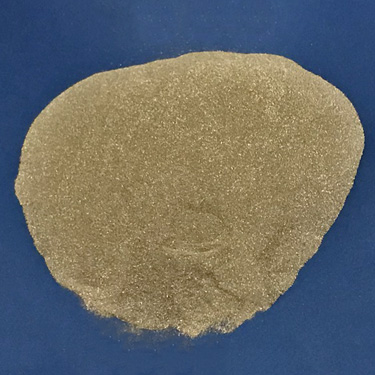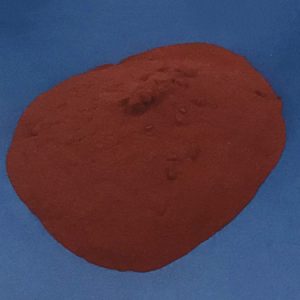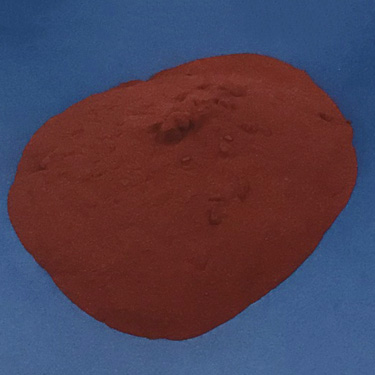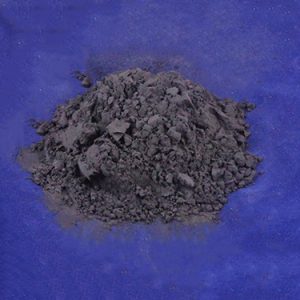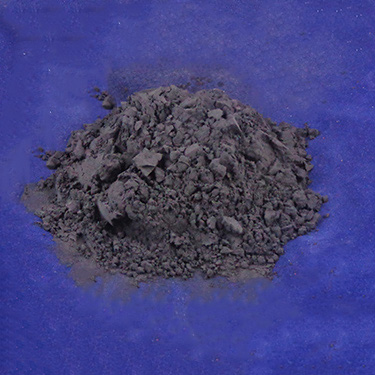Many metals are used in their pure powder form in the manufacturing of various products. There are many grades of iron powder, as they are categorized based on their purity, grain size, density, and the manufacturing method. So the iron powder will be modified to fit into the application. Iron Powder Properties Iron powder is…
RELATED POSTS

Silicon Powder Applications and Uses
Many manufacturers require pure metals in a range of different shapes to add as additives when making products. These metals provide different properties to the products, such as hardening metals, providing corrosion resistance, or reduces oxidation. Silicon is one metal found in a wide range of industries due to its versatility and cost-effectiveness. Pure silicon…

Advantages of Eutectic Alloys vs. Non-Eutectic Alloys to Low Melting Materials
Eutectic alloys and non-eutectic alloys are categories when discussing low melting alloys. Low melting alloys require lower temperature ranges to melt, anywhere from 40 degrees to 300 degrees Fahrenheit. This property allows for the alloys to be melted at lower temperatures without damaging or impacting other nearby materials or surfaces that the low melting alloy…

Why Companies Are Switching from Lead to Bismuth for Copper and Tin Alloys
Are you looking for an alternative to lead-based alloys? Many companies are moving away from lead and copper and tin alloys due to the regulations and toxicity associated with the heavy metal, and that often means choosing bismuth. The good news is that bismuth has a relatively low melting point, and it’s durable and malleable…

Pure Bismuth: Characteristics of This Metal
Bismuth is an element that we often hear about in offhand ways yet don’t know a lot about at first. It is a crystalline element that comes in various colors ranging in white, purple, pink and silver. In its pure form, people will often think it is lead. Bismuth is widely used in the manufacturing…

Different Properties of Low Melting Alloys
Joining metal parts together with solder, easily bending pipes to go around corners and components, and lens blocking systems all rely on the use of low melting alloys. This type of metal allows for products, parts and components to be manufactured and cast at lower temperatures. This feature is ideal when requiring lower temperatures to…

Powdered Metals Providing Versatile Appearance in Painting Applications
During the final phase of the manufacturing process, many products and components are coated with a paint to create a more aesthetically-pleasing appearance as well as to seal over the material to improve corrosion and stain resistance. When talking about most painting applications, people are aware of both oil-based and water-based paints. Yet metallic paints…

Bismuth-Based Low Melting Alloys Providing Benefits to the Art Casting Industry
Throughout history, art casting has been used to create beautiful works of art, to recreate previous works of art that may have become damaged or deteriorated due to age, or when mass-producing art pieces. The art casting method involves using wood, stone, plaster, or silicon rubber molds and some type of pliable material, such as…

Discussion and Current Applications for 3d Metal Printing
Are you experimenting with 3D metal printing? Current industry trends say that 3D metal printing will overtake casting by 2020, according to Spotlight Metal, and it’s already being used for small batches of products and parts. If you’re on the forefront of this new manufacturing process or thinking about it, you’re probably interested in the…

3D Metal Printing: Alloys and Powder Types and Specs
Whether creating prototypes for application components, precision gears, or jewelry, more manufacturers are turning to the capabilities provided by 3D metal printing. Also called additive manufacturing, this process relies on technology that uses a metal powder in a layering process to produce the three-dimensional part. There are several methods used in the 3-D metal printing…

Common Uses for Powdered Metals
If you are debating the best form or metal to use for your manufacturing business, you may be surprised to learn that powdered metals have just as many uses as their metal alloy counterparts. In fact, adding a powdered metal to your master alloy can increase certain desirable properties and decrease certain undesirable properties. Our…

Characteristics of Low Melting Alloys
Manufacturers around the globe rely on quality materials to create a range of parts, equipment and products for businesses and consumers. During the assembly process, different materials may need to be joined together for a tight seal, cast in a mold to a designed form, or bent into a new direction without collapsing. Low melting…

Creating complex shapes
Powdered metals help engineers produce parts cost-effectively What is the best way to make a 3-D part out of metal? It depends. There are a number of considerations involved, including time and money. To create parts, manufacturers can choose either a subtractive or an additive manufacturing process. Subtractive manufacturing involves taking a block of material…

Liquid metal’s low melting point
Fusible alloys’ low melting point makes them useful in a wide variety of applications The melting point of aluminum is 1,220 degrees Fahrenheit. Carbon steel melts somewhere between 2,600 and 2,800 degrees Fahrenheit, and the temperature needs to rise all the way up to 6,150 degrees Fahrenheit to melt tungsten. Specialized furnaces are needed to…

The Basics of Bismuth
This white element is an essential part of many alloys Purple-Silver, crystalline Bismuth has been in use since the early days of alloying, although during those times, it was often mistaken for Lead. It’s the most naturally diamagnetic element, which means it repels both north and south, and it has one of the lowest values…

